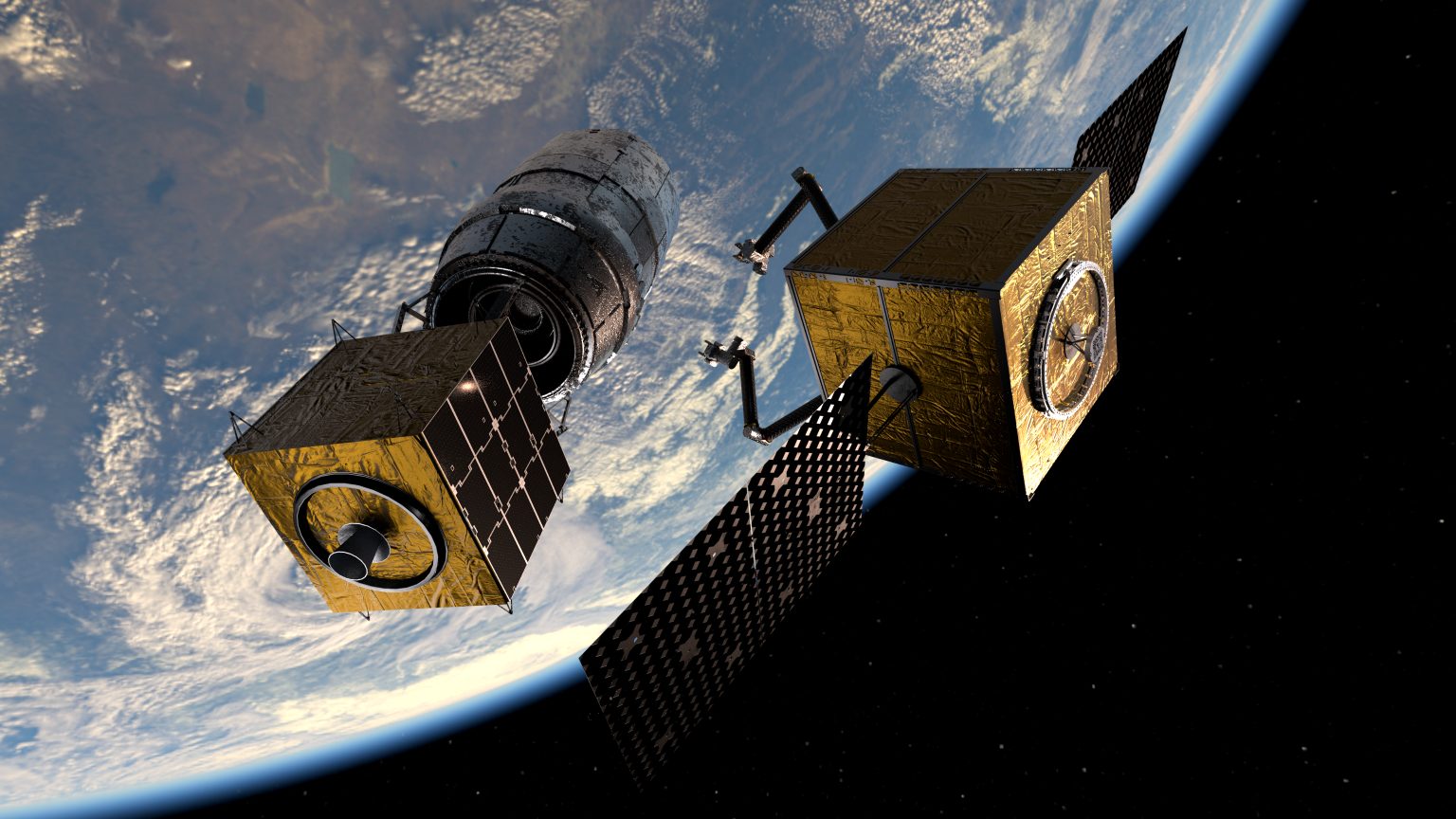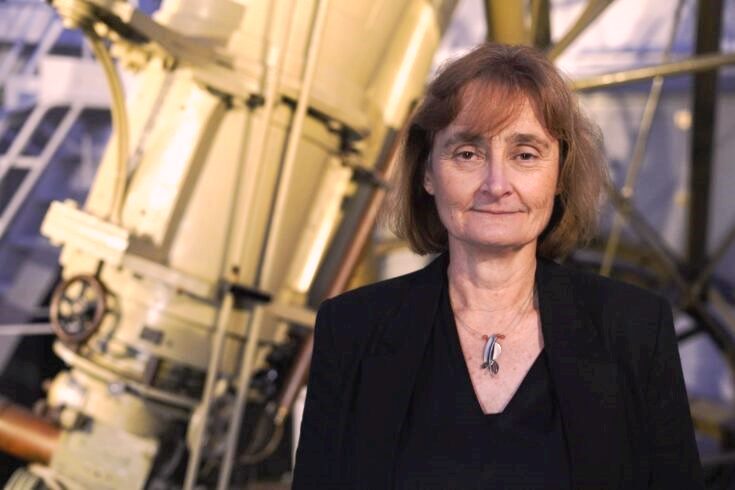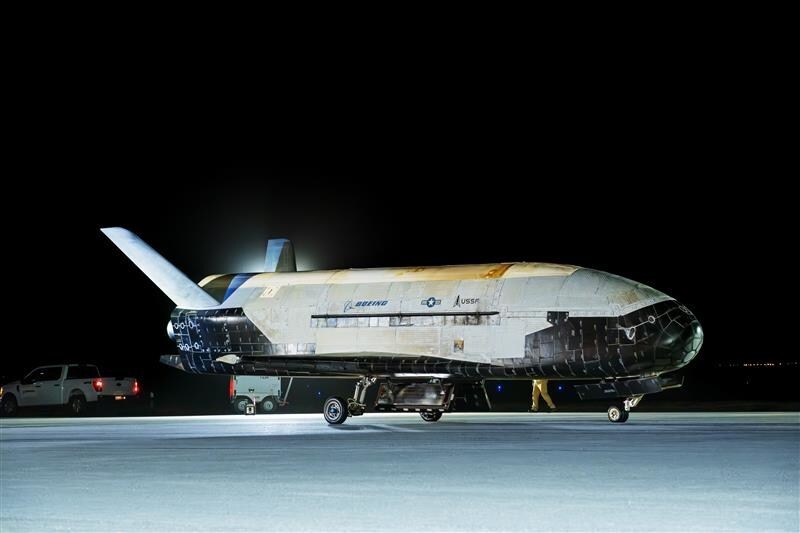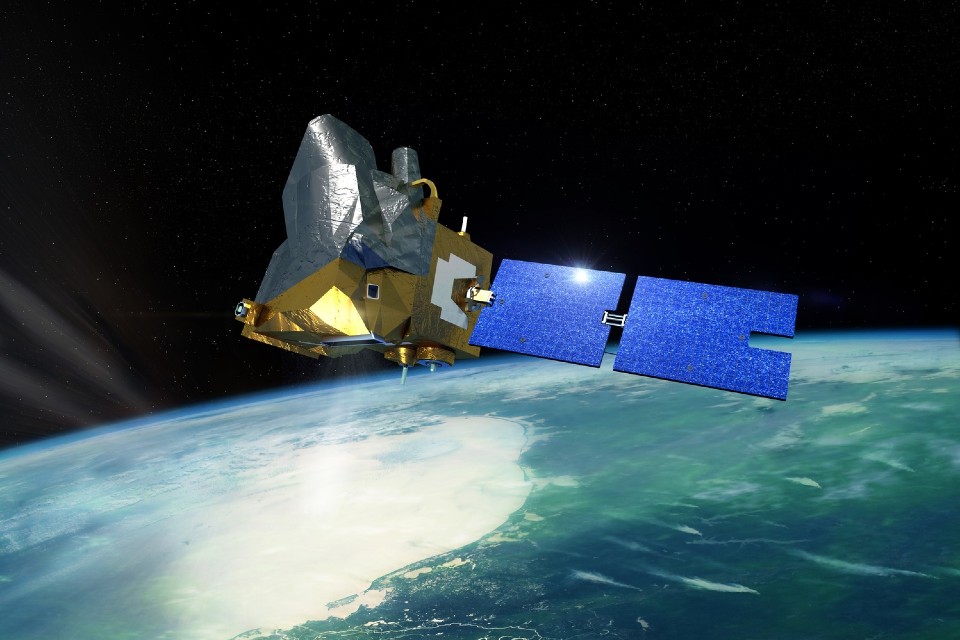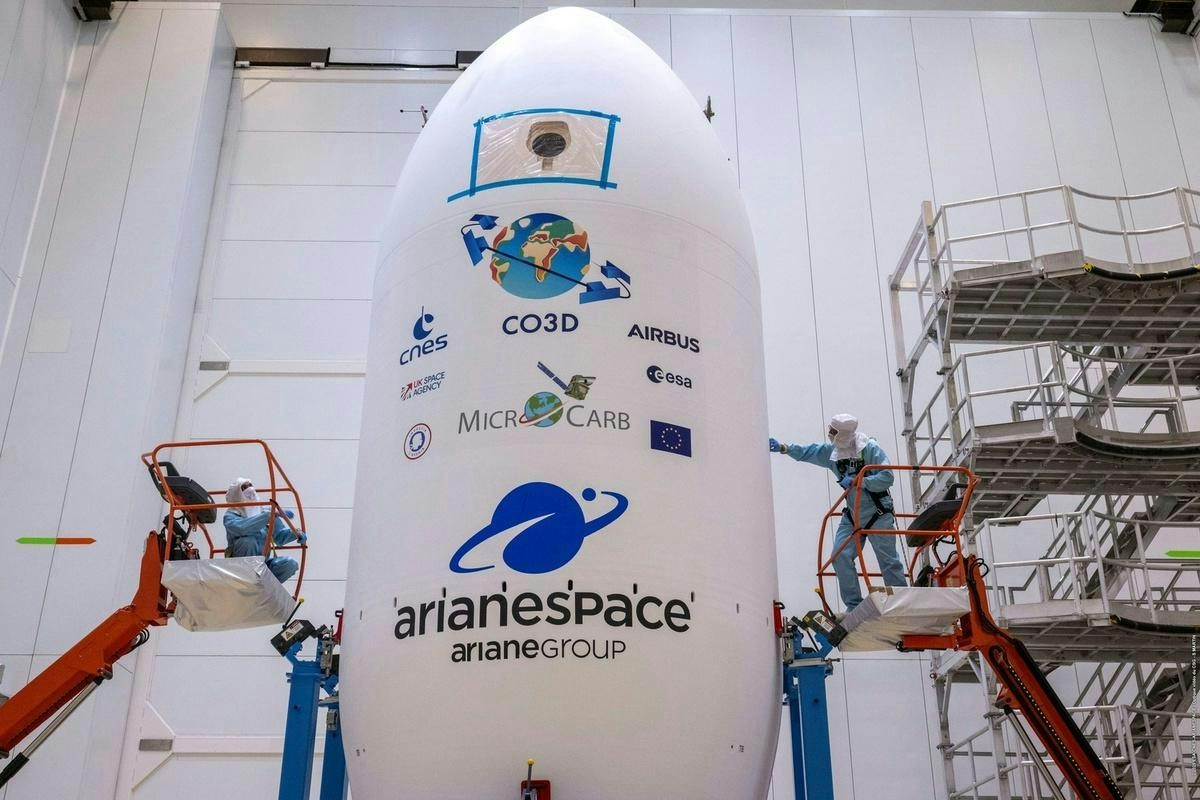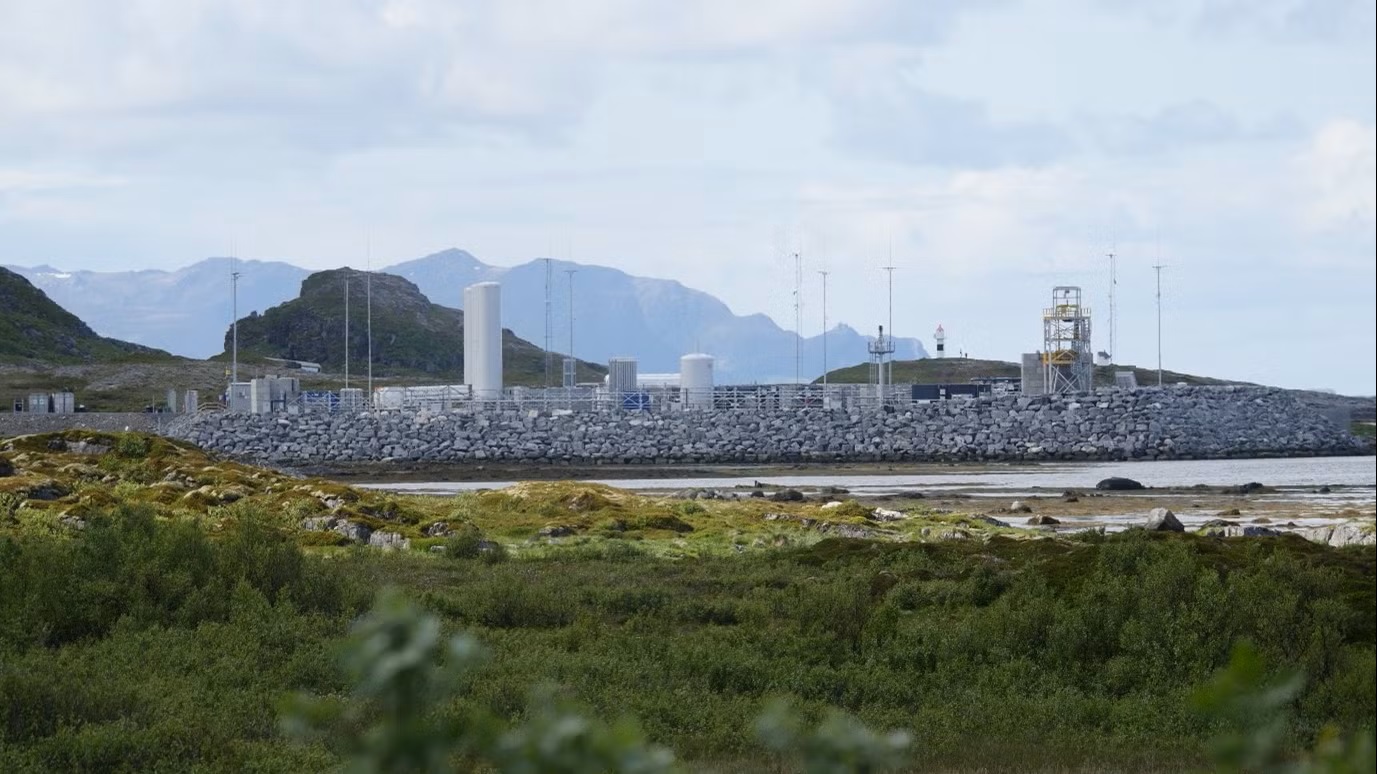New findings eight years on from Huygens Titan touchdown

Above:
Huygens Landing.
Credit: ESA–C. Carreau/Schröder, Karkoschka et al (2012).
A ‘fluffy’ dust-like material – most likely organic aerosols that are known to drizzle out of the Titan atmosphere – was thrown up and suspended for around four seconds around the probe following the impact. The dust was easily lifted, suggesting it was most likely dry and that there had not been any ‘rain’ of liquid ethane or methane for some time prior to the landing.
Huygens was released from the international Cassini spacecraft on Christmas Day 2004. It arrived at Titan three weeks later, with a British-built sensor being the very first part of Huygens to touch the planet’s surface. Cassini has been in orbit around Saturn since July 2004, and will continue operations until 2017.
The UK has been at the forefront of the design, engineering and science of the Cassini-Huygens mission, with key involvement from space organisations and universities from all over the country.

Above:
A view of BepiColombo’s components separating at Mercury.
Credit: Astrium.
Saturn isn’t the only body in our solar system that the UK has explored; we have also been involved in missions to explore Mars, Venus, the Moon and the Sun. Our next planetary targets are Mercury and Jupiter - two fascinating planets that can teach us a great deal about our solar system.
BepiColombo will be only the third spacecraft to visit Mercury in the history of space exploration. A joint venture between Europe and Japan, it will help our understanding of the formation of the Solar System and its inner rocky planets, including Earth.

Above: Artist impression of JUICE.
Due to launch in 2015 and to arrive at Mercury in 2020, BepiColombo has significant UK involvement. Much of the spacecraft will be built in Britain in partnership with several UK science teams. The UK's involvement in the mission is funded by the UK Space Agency. More information about the UK involvement can be found in our missions section of the website.
The goal of the JUICE mission is to study the emergence of habitable worlds around gas giant planets. It will look to answer such questions as: What have been the conditions for the formation of the Jupiter system? How does Jupiter work? Is Europa habitable?
Launch is scheduled for 2022 at the earliest, with arrival at Jupiter in 2030. The UK has strong involvement in the Space Science Team as well as leadership of the mission





